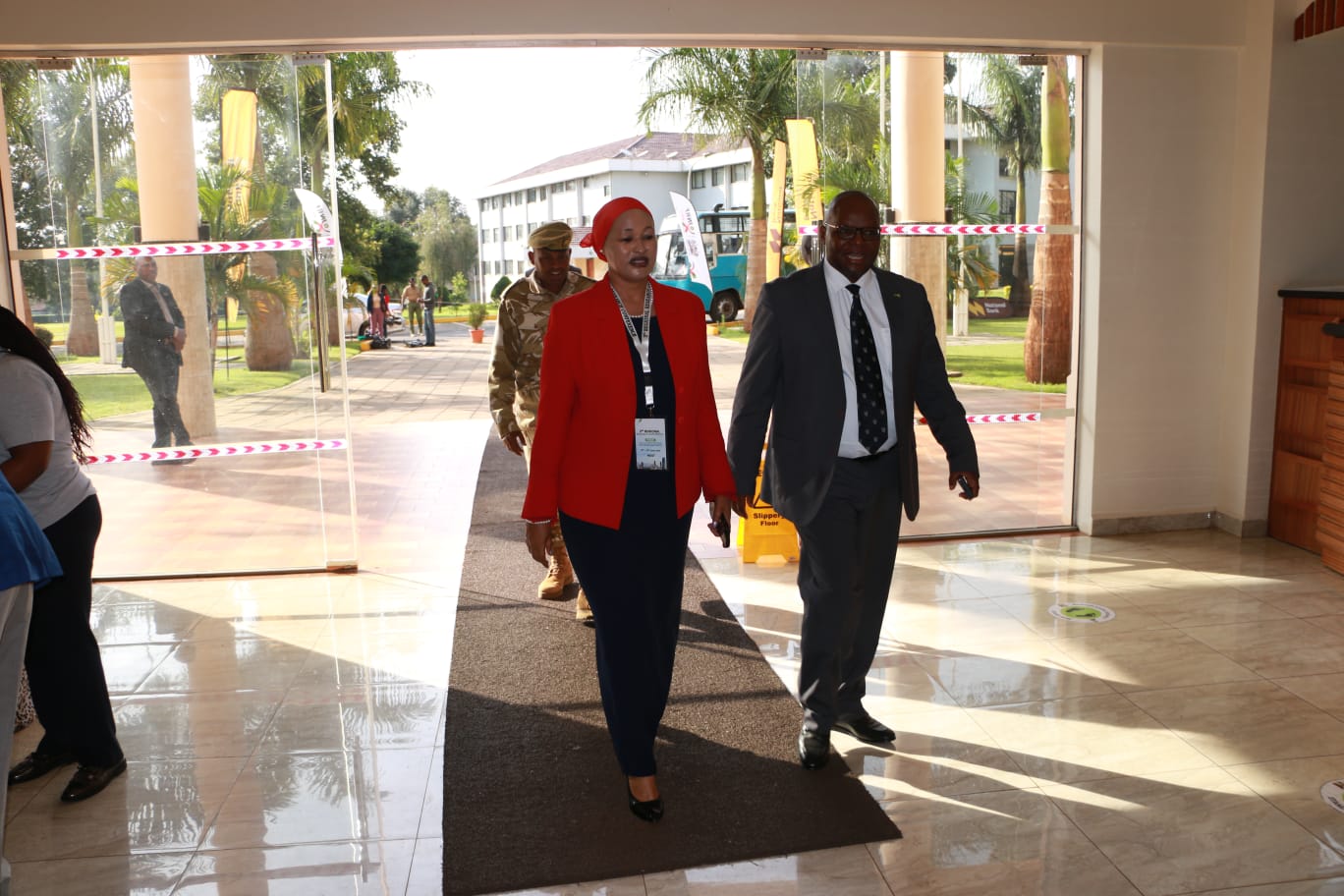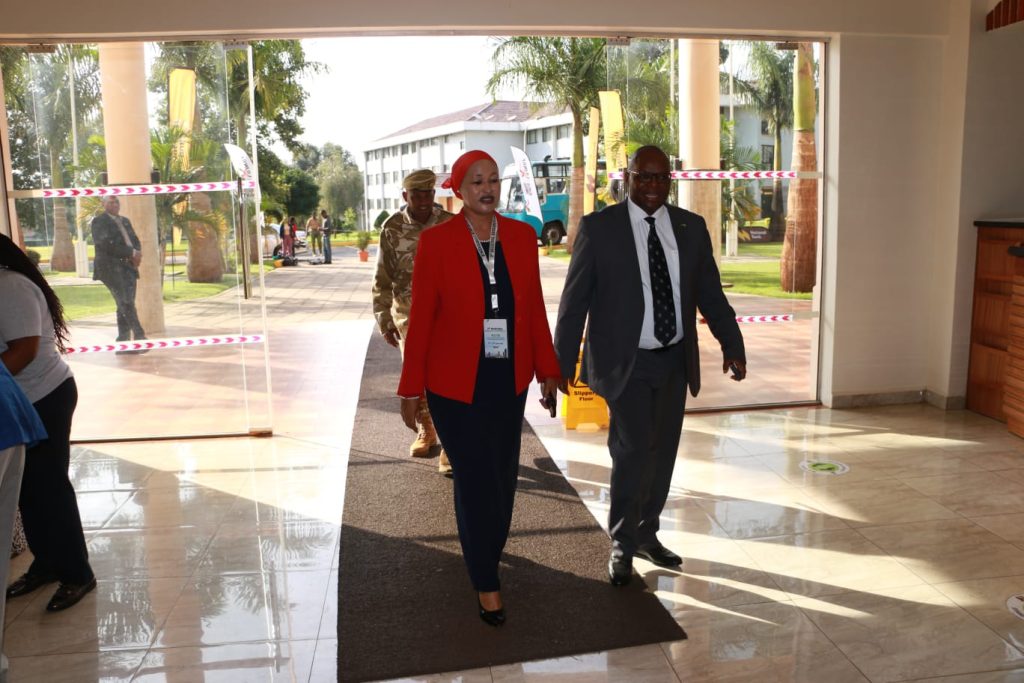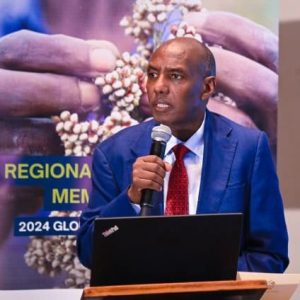Kenya Wildlife Service Director General Dr. Erustus Kanga Emphasizes Crucial Role of Wildlife Conservation at 3rd Regional Research Conference


Dr. Erustus Kanga, the Director General of the Kenya Wildlife Service (KWS), attended the 3rd Regional Research Conference this morning, themed “Data Innovation and Technology for Land Governance.” Addressing delegates, Dr. Kanga shared vital data and insights about the KWS’s mandate and efforts in wildlife conservation and management.
In his remarks, Dr. Kanga highlighted the foundational mission of KWS, stating, “The Kenya Wildlife Service (KWS) conserves and manages Kenya’s wildlife for the Kenyan people and the world. It is a state corporation established by an Act of Parliament (Cap 376), now repealed by WCMA (2013), with the mandate to conserve and manage wildlife in Kenya, and to enforce related laws and regulations.”
Dr. Kanga emphasized the collaborative approach KWS takes in its conservation efforts, noting, “KWS undertakes conservation and management of wildlife resources across all protected areas systems in collaboration with stakeholders. Our goal is to work with others to conserve, protect, and sustainably manage wildlife resources. The community wildlife program of KWS, in collaboration with others, encourages biodiversity conservation by communities living on land essential to wildlife, such as wildlife corridors and dispersal lands outside parks and reserves. The premise is that ‘if people benefit from wildlife and other natural resources, then they will take care of these resources.'”
KWS manages, conserves, and protects land that constitutes 8.2% of Kenya’s land mass, making it the largest landowner in the country. Dr. Kanga highlighted the interconnectedness between KWS and the National Land Commission, as well as the critical role of community conservancies covering 12% of Kenya’s land mass. “Twenty percent of Kenya’s land mass is set aside for wildlife conservation, which is a resource that must be jealously guarded and protected,” he said.
Dr. Kanga also underscored the economic and environmental importance of wildlife conservation, stating, “This resource is the backbone and an enabler for tourism, foreign exchange, and employment. Wildlife provides tourism opportunities – more than 20% of the people in the tourism sector are in the wildlife business. Protected areas are natural solutions to counter the adverse effects of climate change.”
KWS manages four out of Kenya’s five water towers, which are strategic assets for the country. Dr. Kanga concluded his remarks by asserting the national significance of wildlife conservation areas: “National Parks and Reserves are strategic national assets that should be jealously protected for the present and future generations.”
The conference, themed around the intersection of data innovation, technology, and land governance, provided a platform for key stakeholders to discuss and strategize on improving land and wildlife management practices. Dr. Kanga’s address highlighted the indispensable role of KWS in safeguarding Kenya’s natural heritage and ensuring sustainable development for the benefit of all Kenyans.



